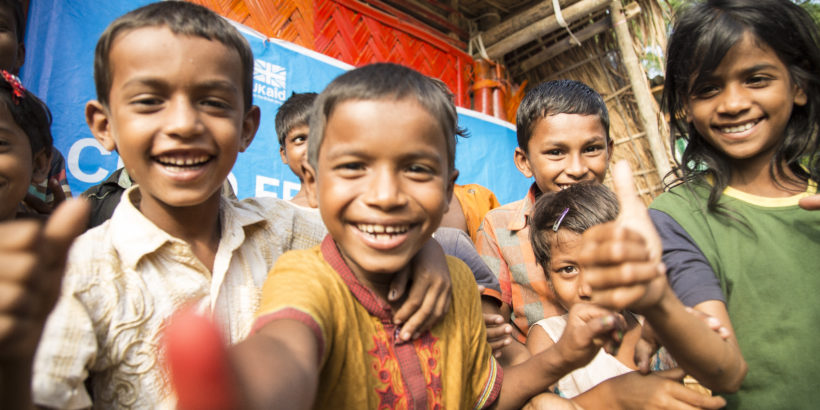In the early days of our current pandemic, there were many references to COVID-19 as the “great equalizer,” referring to the novelty of the virus and its high degree of infectiousness, which has enabled it to reach nearly every corner of the globe. However, it has become increasingly apparent that COVID-19 is more of a “great microscope,” highlighting the entrenched health disparities and vulnerabilities faced by the most marginalized and at-risk communities—none of which are more neglected than refugees, asylum-seekers, and internally displaced people.
Consider the most repeated recommendations to stay safe during the pandemic as we wait for an effective vaccine or treatment option: physical distancing and hand hygiene. These two behavioral interventions, while impactful, are impractical for forcibly displaced populations—either in camps or urban settlements—where crowding and limited access to basic water, sanitation, and hygiene (WASH) infrastructure is the norm. Further, because of their stateless status, forcibly displaced populations often face significant barriers to accessing health care, meaning appropriate treatment is often out of reach if and when they do become ill. All of this places these vulnerable populations at a heightened risk of exposure to many infectious diseases, including typhoid, which account for 60% – 80% of all reported cases of death among refugees.
A new fact sheet, Typhoid+ Forced Migration, which is part of an upcoming Typhoid+ series, explores the relationship between typhoid and displaced populations. This new fact sheet dives into the details of how typhoid, a fecal-orally transmitted disease that proliferates rapidly in crowded areas with poor sanitation, has a devastating impact on refugees and other forcibly displaced populations, further exacerbating the hardships already endured. This additional burden is not inherent; policy- and decision-makers in host countries can take action to reduce the typhoid burden, including through the prioritization of typhoid conjugate vaccines (TCVs). Vaccines are a vital health tool to protect those most vulnerable to disease, especially in areas with mass displacement or those prone to extreme weather events. The introduction of TCVs should also be considered alongside WASH, routine immunization, and health education about safe drinking water, limiting open defecation, and handwashing—key elements of an integrated approach to take on typhoid.
These tools—WASH, vaccines, and health education—are our best defense against typhoid and a host of other infectious diseases, including cholera, polio, measles, and even COVID-19. As the recent pandemic highlights, ensuring widespread access to and use of life-saving interventions—especially for the most marginalized and at-risk communities—is critical to safeguarding the health and well-being for all. As we recognize World Refugee Day on June 20, the theme of “Every Action Counts” has never been more true. We know that the efforts to #TakeOnTyphoid, grounded in equitable access and care for all, have the potential to widely benefit displaced communities and to help ensure a future that is more just, inclusive, equal, and healthy for all.
Photo: ©Anna Dubuis/DfID



